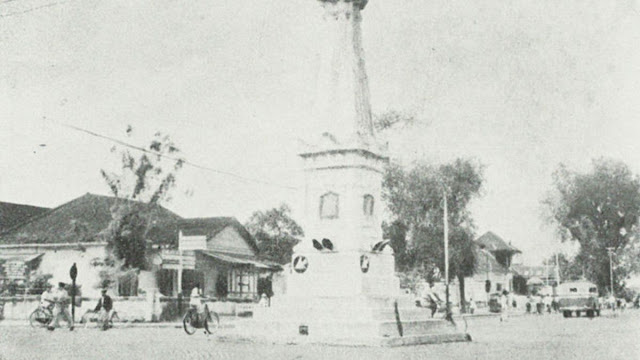On June 10, 1867, Yogyakarta and its surrounding regions were rattled by a powerful earthquake with a moment magnitude of 7.8, leaving a trail of destruction and sorrow. In this article, we delve into the historical accounts and documentation of this seismic event that shook the heart of Java, uncovering the geological and societal repercussions.
Indonesia, with its unique geographical position, is prone to earthquakes due to its location between three major tectonic plates: Indo-Australia, Eurasia, and the Pacific. The Opak Fault’s movement was identified as the likely cause of the 2006 earthquake, showcasing the continued seismic activity in the region.
The historical seismic patterns in Java reveal a turbulent relationship between the land and the forces beneath it. The period between 1821 and 1867 witnessed 16 earthquakes on the island, with the most significant and destructive one occurring in 1867. This earthquake, reaching a modified Mercalli intensity of VII–IX, caused varying degrees of damage to structures across Java.
The morning of June 10, 1867, marked a fateful day for the residents of Yogyakarta. Two strong tremors struck, with the second being more intense and causing widespread panic. According to reports, the earthquake occurred between 04:00 and 04:30 AM, affecting the Vorstenlanden region, encompassing the kingdoms of Surakarta, Yogyakarta, Mangkunegaran, and Pakualaman.
The aftermath of the earthquake revealed extensive damage to several structures. Notable locations such as Bangsal Manis, Bangsal Srimanganti, Witana di Sitihinggil, Gedhong Panggung, Serambi Masjid Besar, and the Tamansari Complex suffered varying degrees of destruction. Additionally, Masjid Agung Surakarta and the iconic Tugu Pal Putih faced significant damage.
The earthquake left an indelible mark on cultural and historical sites. Candi Sewu, a majestic temple, and various sugar factories in Vorstenlanden experienced severe damage. Tugu Pal Putih, a symbol of unity between the people and the monarch, stood cracked but wasn’t immediately restored, leading to the construction of a new monument in 1889.
The earthquake’s toll on human life was substantial, with reports of approximately 326 casualties. The aftermath prompted swift action from the Dutch colonial government, which initiated rescue operations and provided temporary shelters and food. Despite initial efforts, the scale of the disaster required a more comprehensive response.
The Yogyakarta earthquake of 1867 stands as a testament to the seismic vulnerability of the region. Its impact on structures, cultural heritage, and human lives reverberates through history. Understanding such events is crucial for implementing effective mitigation strategies and preserving the rich cultural tapestry that defines Indonesia. On the 17-year anniversary of the 2006 earthquake, let us reflect on the historical seismic events that have shaped the resilience and strength of the people in the face of natural disasters.

Comments
Post a Comment